Binance Smart Chain and Ethereum are among the top choices of blockchains that support smart contracts and allow users to create DApps. Which one is better? Will Binance Smart Chain overtake Ethereum in the future?

Ethereum was the first blockchain that can be used to develop DApps. Instead of having to build a separate blockchain from scratch to support a certain software or application, developers can just input the code needed for the application and upload it on the Ethereum blockchain as a smart contract.
Following Ethereum's success, several other firms decided to release their own blockchain, one of which is the leading crypto exchange Binance.
Binance released a blockchain called Binance Smart Chain in 2020. Only about a year later, the exchange made an announcement that Binance Smart Chain has hit 14.7 million transactions in a day, a record that no other blockchain ever achieved.
So, is Binance Smart Chain better than Ethereum? Is it safe to use and suitable for newbies? Let's take a closer look into it.
Contents
What is Binance Smart Chain?
Launched in 2020, Binance Smart Chain (BSC) is a blockchain where developers could build or migrate DApps, tools, and other components with smart contracts.
Essentially, BSC was designed as a parallel companion to Binance Chain (BC), a blockchain also developed by Binance and released in 2019. The aim of BC was mainly to facilitate trading activity. On the contrary, BSC was constructed for more building functionality.
By running BC and BSC together, users can get the ease of transaction from BC and gain smart contract capabilities from BSC simultaneously. They can also move their crypto between BC and BSC rather easily because the two blockchains can communicate without friction.
Note that BSC is an independent blockchain, so even if BC goes offline, BSC would still be able to function normally. Thus, BSC is not a replacement for BC nor is it a 2-layer solution.
Moreover, two particular features make BSC different from BC. Binance Smart Chain supports smart contracts and has Ethereum Virtual Machine (EVM), while Binance Chain does not. EVM shows that BSC is compatible with Ethereum, so it could support other Ethereum-based tools and applications.
This certainly gives a lot of advantages for developers and users because it means that they could easily transfer their projects from Ethereum and use various applications like MetaMask, for instance.
See Also:
How Does Binance Smart Chain Work?
Binance Smart Chain uses a consensus algorithm called Proof-of-Stake-Authority (PoSA), which basically combines Proof-of-Stake (PoS) and Proof-of-Authority (PoA) in order to maintain the blockchain's security and achieve network consensus.
In this model, 21 validators basically run the blockchain. The list of the 21 members consists of the largest active stakers of BNB tokens (the native token of the blockchain). The list is adjusted every 24 hours.
In order to be a validator candidate, one needs to stake at least 10,000 BNB. From there, the top 21 candidates will make it to the list of active validators.
However, it's worth noting the candidate doesn't necessarily need to own and stake all the BNB single-handedly. Other BNB holders are allowed to delegate their BNB to validators of their choice. They can also re-delegate as soon the election for the next validator begins.
The job of the elected validators is to confirm transactions within the blockchain and produce blocks in the PoA manner. They will then earn transaction fees in the form of BNB tokens for every block that they put up. Delegators will also get a portion of those fees in exchange for their BNB delegation.
Using the PoSA mechanism, Binance Smart Chain could achieve around three-second block times, which is very useful at times. For instance, there are 240 blocks needed during the "epoch" period where validators could update and make changes to the network. Thanks to the speedy mechanism, the process only takes about 20 minutes in total.
Regarding safety, BSC uses the "slashing" method to prevent hackers from validating false transactions or double signing.
Binance Smart Chain Vs. Ethereum Blockchain
If we compare Binance Smart Chain to Ethereum, surely some pros and cons need to be analyzed. First of all, Ethereum was founded in 2013 and became functional in 2015.
Being around longer than Binance Smart Chain, the blockchain has a bigger advantage in terms of reliability. It is more time-tested and has successfully proven its capabilities of battling various challenges in the past.
This might be a significant factor that could boost the users' confidence in using the network in general, compared to the relatively new Binance Smart Chain.
However, Ethereum was created by using older technology and implemented the Proof-of-Work (PoW) mechanism, which needs crypto miners to verify transactions and add new blocks.
As the blockchain gets bigger, it encounters a bit of trouble when trying to validate hundreds of transactions in a short time. As a result, many users must pay unreasonably high fees and extra costs for making transactions on the Ethereum blockchain.
To solve the issue, the developers of the Ethereum blockchain are currently working on building Ethereum 2.0 and planning to release the update soon. The rebrand will make many significant changes to the network, including shifting to the Proof-of-Stake (PoS) consensus.
Scalability, accessibility, and security are among other aspects that will be adjusted with the new update. The transition to Ethereum 2.0 is divided into three phases, with the first phase (phase 0) already starting in December 2020.
In the meantime, people are constantly searching for alternative options that are more beneficial. When it comes to speed and transaction fees, Binance Smart Chain is among the top choices.
Block times for the Ethereum blockchain range about 2-14 seconds per block, whereas BSC offers 3-second block times. BSC is also compatible with Ethereum, so users can basically use any software, tool, or component that works on the Ethereum blockchain for a smaller cost.
The Future of Binance Smart Chain
As for now, we can't really tell for sure what the future of the Binance Smart Chain is going to be like. The answer could even be subjective, depending on what a person seeks in a blockchain performance and attributes.
But since BSC has a steadily growing number of new users each year, we can expect the blockchain to perhaps expand horizontally with more added DApps on the network. This might also attract more people to join the network and make the community bigger.
In the past few years, BSC has made quite an impressive contribution to the DeFi space. Two DApps built on BSC have been showing massive development, namely PancakeSwap and Venus.
As of January 2021, BSC has generated $15 billion in total transaction volume. PancakeSwap and Venus were the two biggest contributors generating $1 billion and $14 billion respectively. Both DApps are also included in CoinMarketCap's top 10 blockchain projects to check out in 2022.
However, if the development of Ethereum 2.0 goes smoothly, the Ethereum network will be more likely to offer much faster and cheaper network transactions; the two flaws that the network has been trying to solve for some time now.
Meanwhile, Binance Smart Chain has several issues that are yet to be fixed. One of them is the fact that it is heavily centralized. It only has 21 validators, compared to the 11,000 participants in Ethereum.
BSC is thus often considered more risky and vulnerable to manipulation. Other than that, BSC is also lacking in terms of scalability and competing with other notable competitors such as the Kucoin Community Chain (KCC) and Solana.
See Also:
The Bottom Line
In conclusion, Binance Smart Chain could be a great option if you're looking for a blockchain with various building functionalities. Not only supporting smart contracts, but Binance Smart Chain also offers speedy and cheaper transactions, making it suitable for both big and small developers.
Even though BSC is still relatively new and has a small number of users compared to other blockchains like Ethereum, it definitely has a huge potential to be a bigger and more sophisticated platform, so you might want to check it out.
After all, given the vast development of the crypto and blockchain industry, no one knows what the next month, year, or decade will bring.
In addition, BSC has a great security system considering that it is developed by the Binance exchange, which is already notable at being a worldwide crypto company with millions of active users.

 Dedicated FREE FOREX VPS
Dedicated FREE FOREX VPS Free FOREX Virtual Private Server
Free FOREX Virtual Private Server MT4 Demo Contest, Get $500
MT4 Demo Contest, Get $500 Sign Up for an Account, Claim 60% Deposit Bonus
Sign Up for an Account, Claim 60% Deposit Bonus Free MT4/MT5 VPS 2024
Free MT4/MT5 VPS 2024 Send E-mail and Get Free Merchandise
Send E-mail and Get Free Merchandise $1K Refer a Friend Bonus for Pepperstone Pro clients
$1K Refer a Friend Bonus for Pepperstone Pro clients Maximize Your Earnings with 100% Deposit bonus
Maximize Your Earnings with 100% Deposit bonus Trade to Win, $5,000 Monthly Demo Contest
Trade to Win, $5,000 Monthly Demo Contest Claim 30% + 15% Deposit Bonus from LiteFinance
Claim 30% + 15% Deposit Bonus from LiteFinance
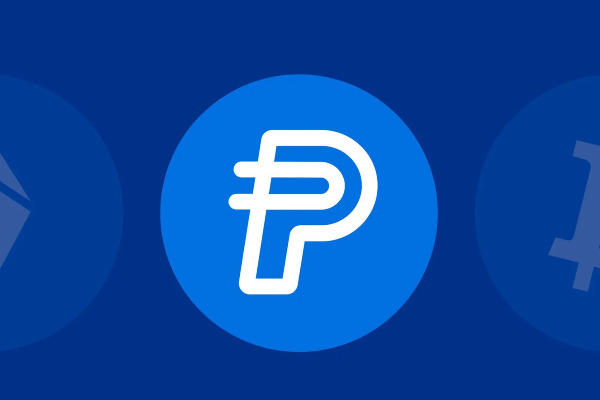
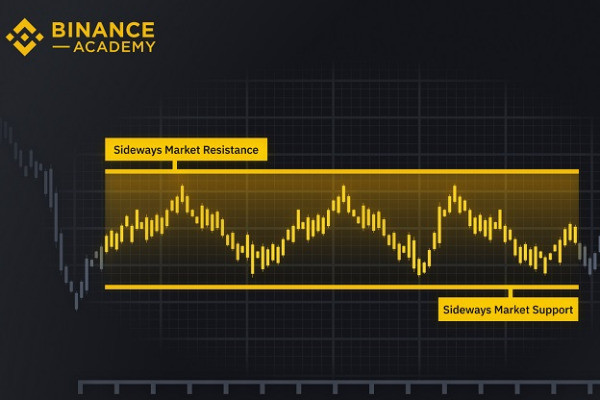
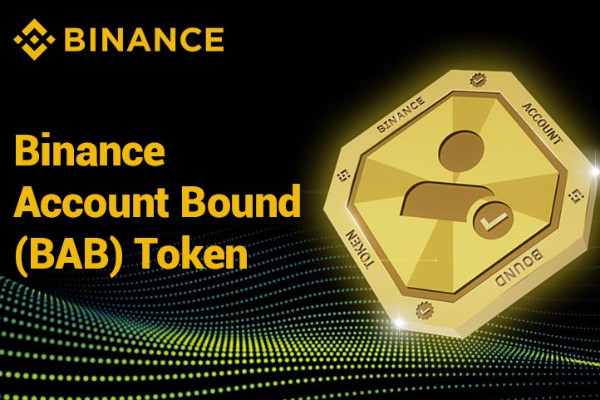
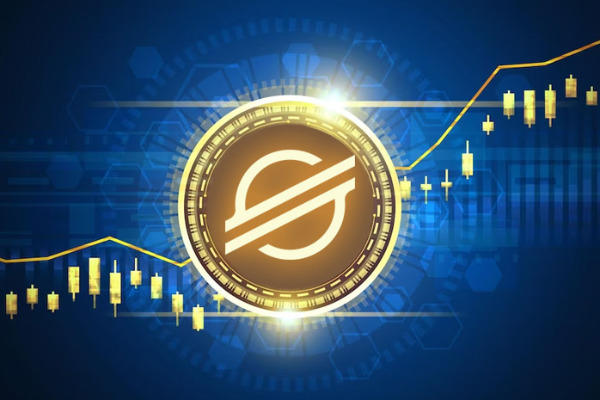
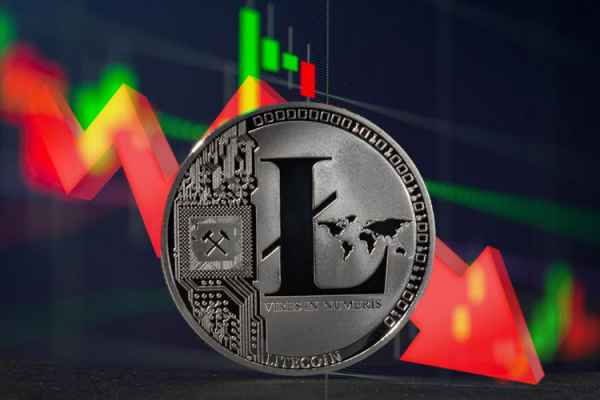

 Bitcoin
Bitcoin Ethereum
Ethereum Tether
Tether BNB
BNB Solana
Solana USDC
USDC XRP
XRP Dogecoin
Dogecoin Toncoin
Toncoin Cardano
Cardano